Nationality American Role Scientist Name Marvin Minsky | Institutions MIT Movies Machine Dreams | |
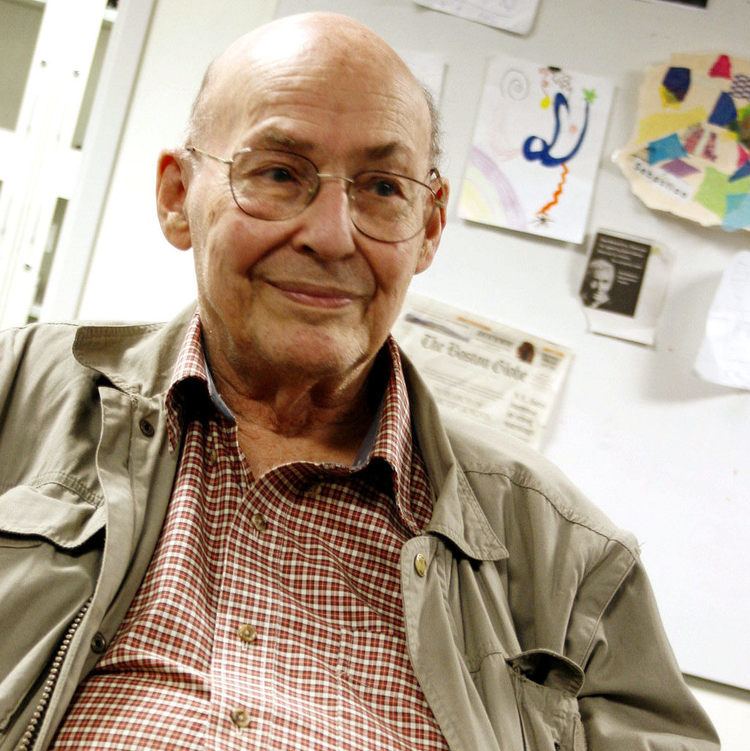 | ||
Born Marvin Lee Minsky August 9, 1927New York City, US ( 1927-08-09 ) Thesis Theory of Neural-Analog Reinforcement Systems and Its Application to the Brain Model Problem (1954) Doctoral students Manuel BlumDaniel BobrowEugene CharniakDavid DalrympleCarl HewittScott FahlmanDanny HillisBenjamin KuipersDavid LevittJoel MosesBertram RaphaelDouglas RieckenGerald Jay SussmanIvan SutherlandPatrick WinstonK. Eric Drexler Children Margaret Minsky, Julie Minsky, Henry Minsky Books The Society of Mind, The Emotion Machine, Perceptrons, The Turing Option, Semantic Information Processing Similar People Seymour Papert, John McCarthy, Patrick Winston, Ray Kurzweil, Allen Newell | ||
Marvin minsky on consciousness
Marvin Lee Minsky (August 9, 1927 – January 24, 2016) was an American cognitive scientist concerned largely with research of artificial intelligence (AI), co-founder of the Massachusetts Institute of Technology's AI laboratory, and author of several texts concerning AI and philosophy.
Contents
- Marvin minsky on consciousness
- Marvin minsky
- Biography
- Contributions in computer science
- Personal life
- Opinions
- Death
- Awards and affiliations
- References
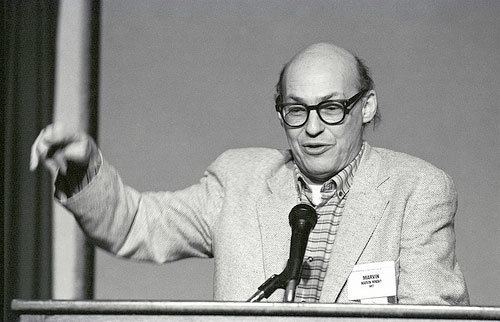
Marvin minsky
Biography
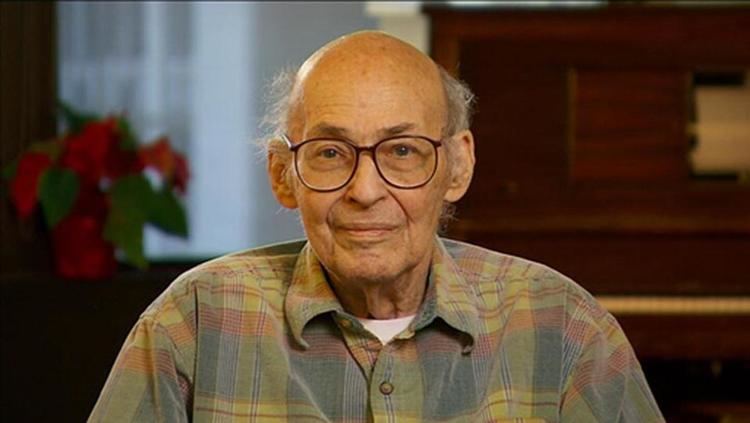
Marvin Lee Minsky was born in New York City, to an eye surgeon father, Henry, and to a mother, Fannie, who was an activist of Zionist affairs. His family was Jewish. He attended the Ethical Culture Fieldston School and the Bronx High School of Science. He later attended Phillips Academy in Andover, Massachusetts. He then served in the US Navy from 1944 to 1945. He received a B.A. in mathematics from Harvard University (1950) and a Ph.D. in mathematics from Princeton University (1954).
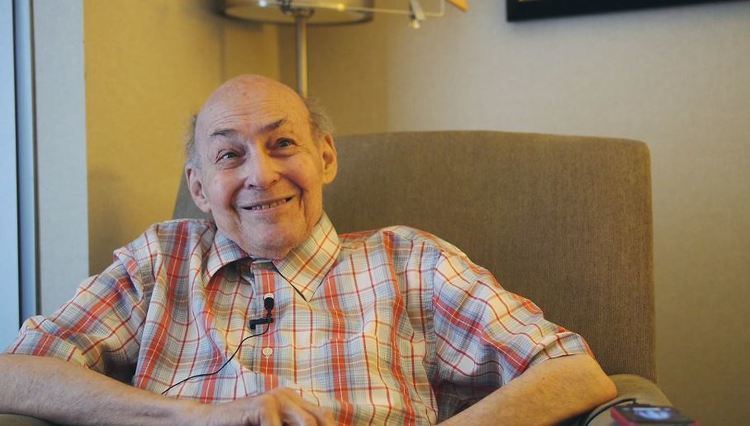
He was on the MIT faculty from 1958 to his death. He joined the staff at MIT Lincoln Laboratory in 1958, and a year later he and John McCarthy initiated what is known now as the MIT Computer Science and Artificial Intelligence Laboratory. He was the Toshiba Professor of Media Arts and Sciences, and professor of electrical engineering and computer science.
Contributions in computer science
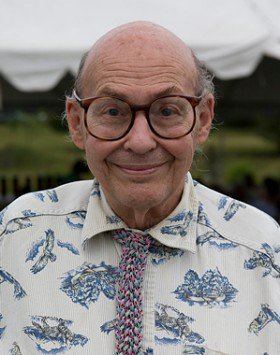
Minsky's inventions include the first head-mounted graphical display (1963) and the confocal microscope (1957, a predecessor to today's widely used confocal laser scanning microscope). He developed, with Seymour Papert, the first Logo "turtle". Minsky also built, in 1951, the first randomly wired neural network learning machine, SNARC.
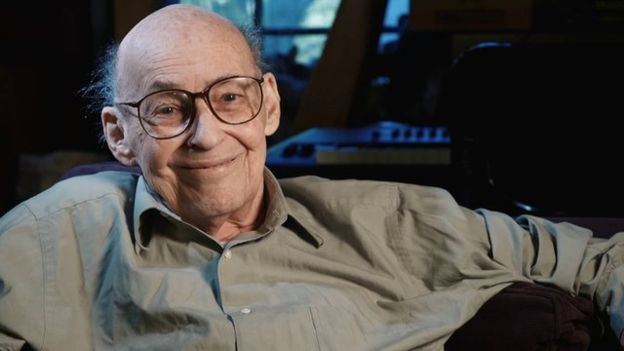
Minsky wrote the book Perceptrons (with Seymour Papert), which became the foundational work in the analysis of artificial neural networks. This book is the center of a controversy in the history of AI, as some claim it to have had great importance in discouraging research of neural networks in the 1970s, and contributing to the so-called "AI winter". He also founded several other famous AI models. His book A framework for representing knowledge created a new paradigm in programming. While his Perceptrons is now more a historical than practical book, the theory of frames is in wide use. Minsky has also written on the possibility that extraterrestrial life may think like humans, permitting communication. He was an adviser on Stanley Kubrick's movie 2001: A Space Odyssey; one of the movie's characters, Victor Kaminski, was named in Minsky's honor and Minsky himself is mentioned in the movie and in Arthur C. Clarke's derivative novel of the same name:
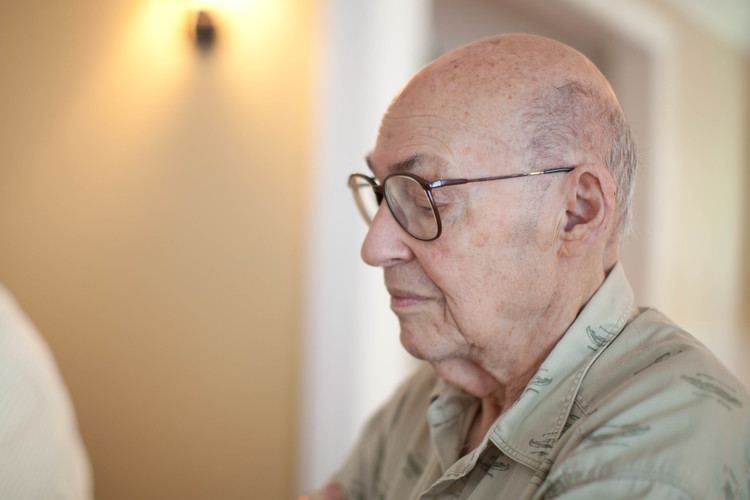
Probably no one would ever know this; it did not matter. In the 1980s, Minsky and Good had shown how neural networks could be generated automatically—self replicated—in accordance with any arbitrary learning program. Artificial brains could be grown by a process strikingly analogous to the development of a human brain. In any given case, the precise details would never be known, and even if they were, they would be millions of times too complex for human understanding.
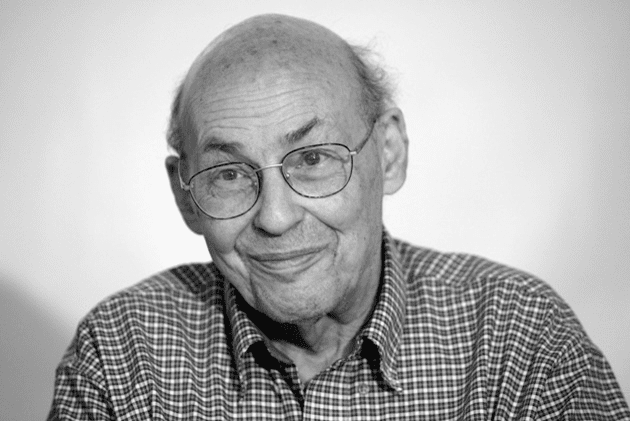
In the early 1970s, at the MIT Artificial Intelligence Lab, Minsky and Papert started developing what came to be known as the Society of Mind theory. The theory attempts to explain how what we call intelligence could be a product of the interaction of non-intelligent parts. Minsky says that the biggest source of ideas about the theory came from his work in trying to create a machine that uses a robotic arm, a video camera, and a computer to build with children's blocks. In 1986, Minsky published The Society of Mind, a comprehensive book on the theory which, unlike most of his previously published work, was written for the general public.
In November 2006, Minsky published The Emotion Machine, a book that critiques many popular theories of how human minds work and suggests alternative theories, often replacing simple ideas with more complex ones. Recent drafts of the book are freely available from his webpage.
Personal life
In 1952, Minsky married pediatrician Gloria Rudisch; together they had three children. Minsky was a talented improvisational pianist who published musings on the relations between music and psychology.
Opinions
Minsky was an atheist and a signatory to the Scientists' Open Letter on Cryonics. He was a critic of the Loebner Prize for conversational robots.
Minsky believed that there is no fundamental difference between humans and machines, and that humans are machines whose "intelligence" emerges from the interplay of the many unintelligent but semi-autonomous agents that comprise the brain. He has stated that "somewhere down the line, some computers will become more intelligent than most people," but that it's very hard to predict how fast progress will be. He has cautioned that an artificial superintelligence designed to solve an innocuous mathematical problem might decide to assume control of Earth's resources to build supercomputers to help achieve its goal, but believed that such negative scenarios are "hard to take seriously" because he was confident AI would go through "a lot of testing" before being deployed.
Death
Minsky died of a cerebral hemorrhage at the age of 88. Ray Kurzweil says he was contacted by the cryonics organization Alcor Life Extension Foundation seeking Minsky's body. Kurzweil believes that Minsky was cryonically preserved by Alcor company and will be revived by 2045. Minsky was a member of Alcor's Scientific Advisory Board. In keeping with their policy of protecting privacy, Alcor will neither confirm nor deny that they have cryogenically preserved Minsky.
Awards and affiliations
Minsky won the Turing Award (the greatest distinction in computer science) in 1969, the Japan Prize in 1990, the IJCAI Award for Research Excellence for 1991, and the Benjamin Franklin Medal from the Franklin Institute for 2001. In 2006, he was inducted as a Fellow of the Computer History Museum "for co-founding the field of artificial intelligence, creating early neural networks and robots, and developing theories of human and machine cognition." In 2011, Minsky was inducted into IEEE Intelligent Systems' AI Hall of Fame for the "significant contributions to the field of AI and intelligent systems". In 2014, Minsky won the Dan David Prize for "Artificial Intelligence, the Digital Mind". He was also awarded with the 2013 BBVA Foundation Frontiers of Knowledge Award in the Information and Communication Technologies category.
Minsky was affiliated with the following organizations:
